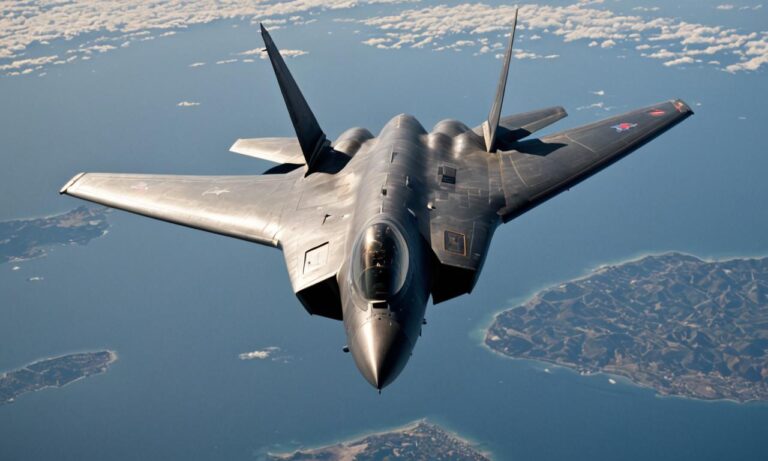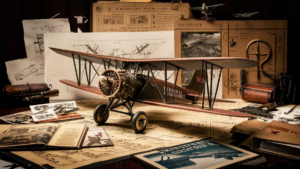When it comes to the marvels of aviation engineering, one question that often piques curiosity is, “What is the fastest airplane in the world?” This query leads us into the realm of supersonic and hypersonic aircraft, where speed transcends the ordinary and pushes the boundaries of human ingenuity.
The Evolution of Speed in Aviation
Throughout history, aviation has witnessed a relentless pursuit of speed. From the early days of flight with the Wright brothers’ pioneering efforts to the modern era of advanced aeronautics, each decade has brought forth faster and more capable aircraft.
Supersonic Era
The advent of supersonic flight revolutionized air travel. One of the most iconic supersonic aircraft is the legendary Concorde. Developed jointly by British and French engineers, the Concorde could cruise at speeds exceeding Mach 2, or twice the speed of sound. With its distinctive delta-wing design and sleek fuselage, the Concorde remains a symbol of technological prowess.
Hypersonic Advancements
As technology progressed, so did the quest for even greater speeds. Hypersonic flight, defined as exceeding Mach 5, presents unparalleled challenges and opportunities. Among the pioneering aircraft in this realm is the experimental X-15, which set numerous speed and altitude records in the 1960s, reaching speeds of over Mach 6.
Modern Marvels
In the 21st century, advancements in aerospace engineering have ushered in a new era of speed. The Lockheed Martin SR-71 Blackbird, though retired, remains an icon of speed and stealth. Capable of cruising at speeds exceeding Mach 3, the SR-71 pushed the boundaries of what was technologically possible.
Current Champions
Today, the title of the fastest airplane in the world is often attributed to military aircraft shrouded in secrecy. While exact figures may be classified, it is widely believed that certain reconnaissance aircraft, such as the Lockheed SR-71 successor, or experimental platforms like the Boeing X-51 Waverider, have achieved staggering speeds in excess of Mach 5.
Pushing the Limits
As we look to the future, the pursuit of speed continues unabated. Concepts like the hypersonic Spaceplane and scramjet-powered aircraft promise to redefine what is possible in terms of speed and efficiency. With each breakthrough, we inch closer to the next frontier of aerospace exploration.
So, what is the fastest airplane in the world? The answer remains elusive, as technology evolves and new contenders emerge. Yet, one thing is certain: humanity’s quest for speed will persist, driving innovation and shaping the future of flight.
Engineering Marvels
Behind every fast aircraft lies a remarkable feat of engineering. These machines are meticulously designed and crafted to withstand extreme conditions while maximizing speed and performance. Engineers constantly push the boundaries of materials science, aerodynamics, and propulsion systems to unlock new levels of velocity.
Materials Innovation
One crucial aspect of designing high-speed aircraft is the selection of materials. Advanced composites, lightweight metals, and heat-resistant alloys are meticulously chosen to withstand the intense temperatures and stresses experienced during supersonic and hypersonic flight. The development of novel materials with enhanced properties continues to be a driving force in aerospace innovation.
Environmental Considerations
While speed is undoubtedly exhilarating, it also poses environmental challenges. High-speed aircraft generate sonic booms, contribute to atmospheric pollution, and consume significant amounts of fuel. Engineers and researchers are exploring sustainable alternatives and mitigating strategies to minimize the environmental impact of supersonic and hypersonic flight.
Alternative Propulsion
Beyond traditional jet engines, alternative propulsion technologies show promise in achieving unprecedented speeds with greater efficiency and reduced environmental footprint. Concepts such as scramjets, electric propulsion, and hybrid engines are actively being researched and developed to power the next generation of high-speed aircraft.
Frequently Asked Questions
| Question | Answer |
|---|---|
| Is the Concorde still flying? | No, the Concorde was retired in 2003. |
| What is the top speed of the Lockheed SR-71 Blackbird? | The Lockheed SR-71 Blackbird could cruise at speeds exceeding Mach 3. |
| Are there any civilian hypersonic aircraft? | No, hypersonic aircraft are primarily used for military and experimental purposes. |
| How fast can the X-51 Waverider travel? | The Boeing X-51 Waverider is capable of achieving speeds in excess of Mach 5. |
See also:






